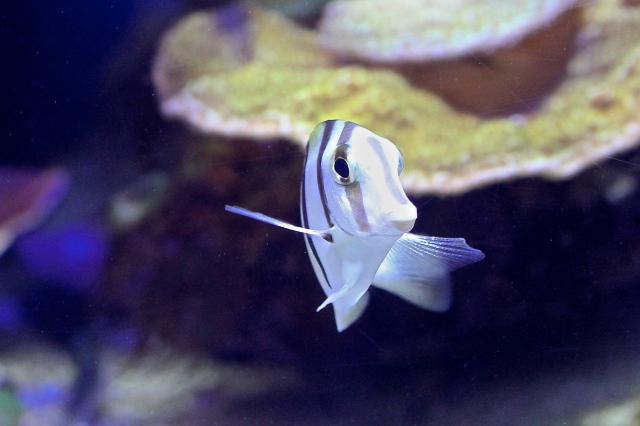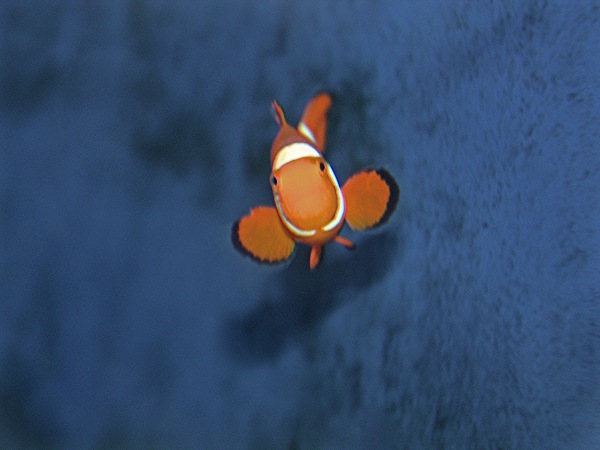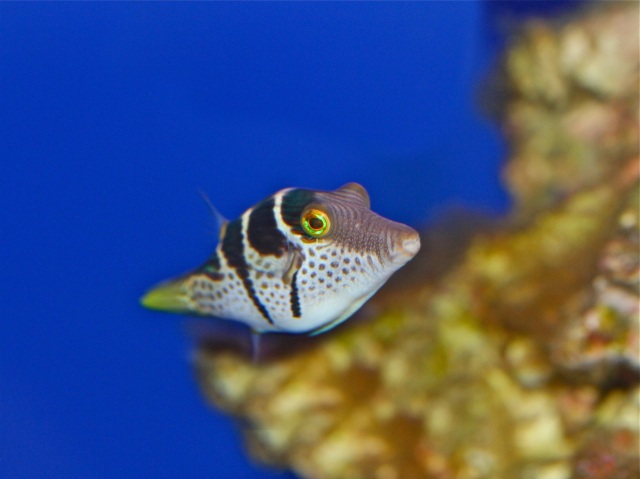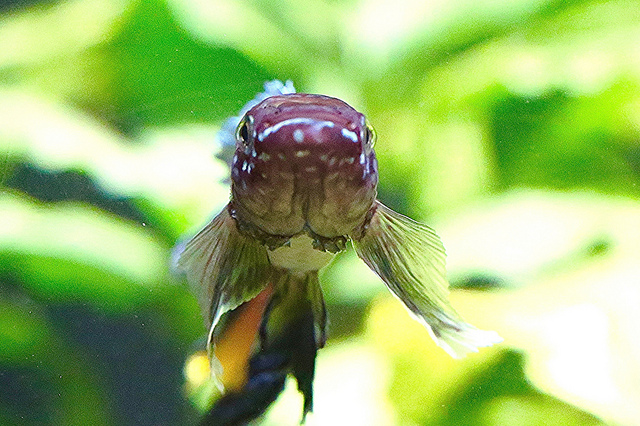TAXONOMY
Kingdom: Animalia
Phylum: Chordata
Class: Actinopterygii (ray-finned fishes)
Order: Osteoglossiformes (Bony tongues)
Family: Arapaimidae (Bonytongues)
Genus/species: Arapaima gigas
GENERAL CHARACTERISTICS: Usually grey to green in color with red flecks on the scales towards the tail and reddish-orange color of the filleted flesh. They are heavy with an elongated body with very large scales. There are also two symmetrical fins on either side of the body at the posterior end. The arapaima has a tongue with sharp, bony teeth that together with teeth on the roof of its palate are involved in disabling and shredding prey
It is one of the largest freshwater fishes in the world (length up to 450cm (14 feet in the 1800’s) Common length 200 cm (6.75 feet). Weight up to 133 kg. (292 lbs) In the 1800s specimens to 200 kg (440 lbs) were reported.
DISTRIBUTION/HABITAT: Tropical. Amazon River and its tributaries in freshwater flooded areas dense with aquatic vegetation and shore plants. Much of the water that comprises the pirarucu’s habitat is also oxygen deficient, as it is located in swampy areas of the rainforest.
DIET IN THE WILD: Specialized for surface feeding with their up turned mouths. Adults prey on fish at the surface; suck smaller fish into the mouth, then crush pre against the roof of its mouth using its tooth-covered bony tongue. Like its close relative the arawana, it can leap from the water to snatch a bird or even a monkey from an overhanging branch.
REPRODUCTION: Sexually mature at the age of five years old. Builds a nest of about 15 cm (6 inches) depth and 50 cm (20 inches) width in sandy bottoms. Guards the eggs and the young. Adults have the ability to exude a pheromone from their head to attract offspring and keep them in close proximity.
MORTALITY and LONGEVITY: Preyed upon by humans. Life spans of 15 to 20 years in captivity .
CONSERVATION: IUCV Red List Data deficient. CITES Appendix II. Heavily exploited as a commercial fish throughout the Amazon. Populations have been greatly reduced during the past 200 years Commercial fishing of arapaima was banned in Brazil outside of a limited number of sustainable reserves, but illegal fishing still continues.

REMARKS: Indigenous people utilize the scales and bones. The bony or toothed tongue was once used as a seed grater to make drink powders. Its scales were used as scrappers.
In addition to gills, it has a modified and enlarged swim bladder, composed of lung-like tissue, which enables it to extract oxygen from the air. It is an obligate air breather, well adapted to oxygen-deficient waters gulping air every 10–15 minutes when oxygen levels are low.
Often referred to as the largest freshwater fish; some freshwater catfishes and sturgeon may challenge this “record.”
References
California Academy of Sciences Steinhart Aquarium Amazon Flooded Tunnel, 2018
Ron’s WordPress shortlink wp.me/p1DZ4b-a7
Ron’s flickr https://www.flickr.com/photos/cas_docents/3258200203/in/album-72157620568438047/
fishbase www.fishbase.org/summary/Arapaima-gigas.html
Arkive www.arkive.org/arapaima/arapaima-gigas/
U. of Michigan Animal Diversity Web animaldiversity.ummz.umich.edu/accounts/Arapaima_gigas/
National Geographic. www.nationalgeographic.com/environment/freshwater/arapaima/
Encyclopedia of Life eol.org/pages/204868/details























